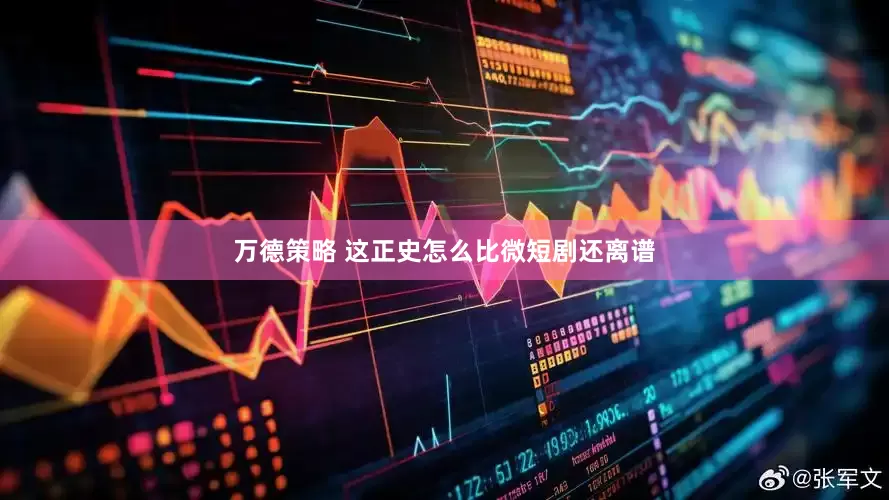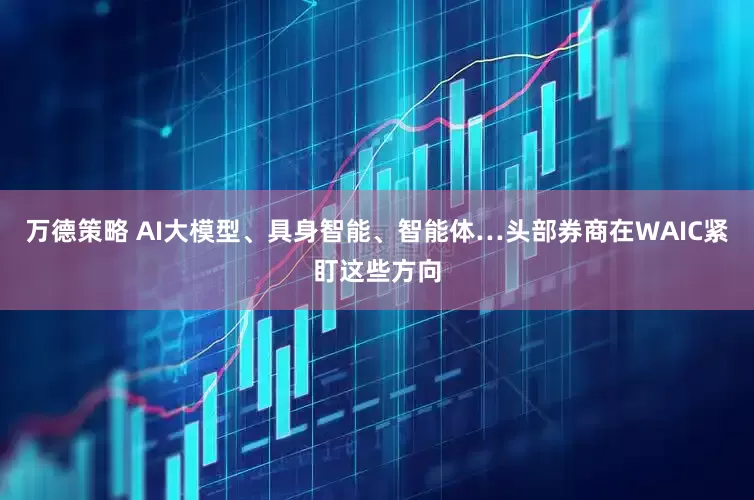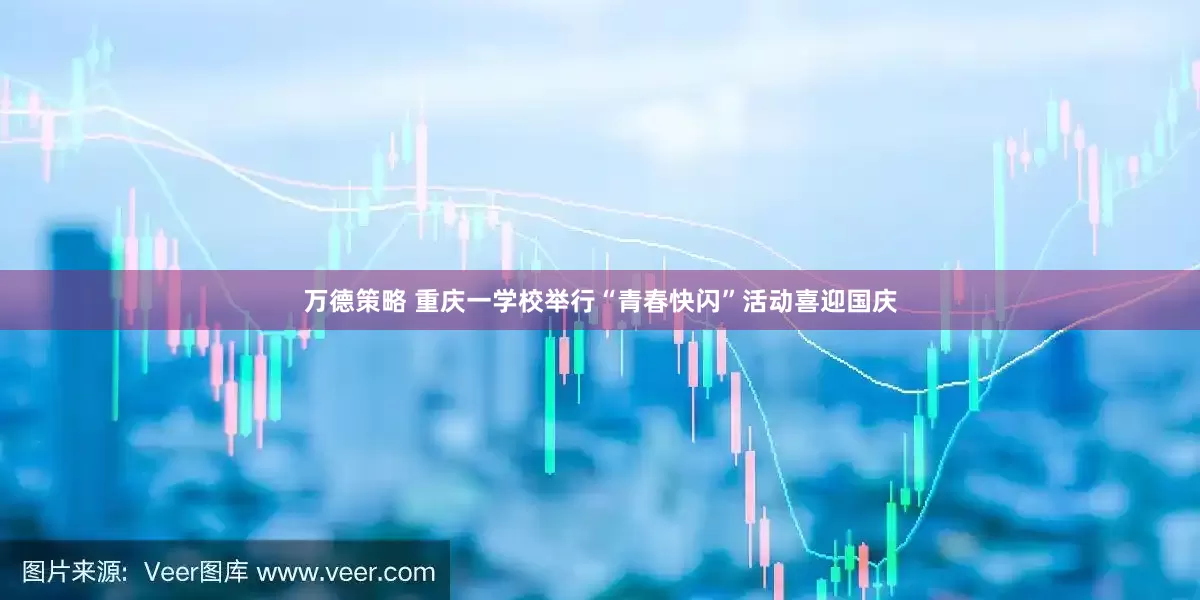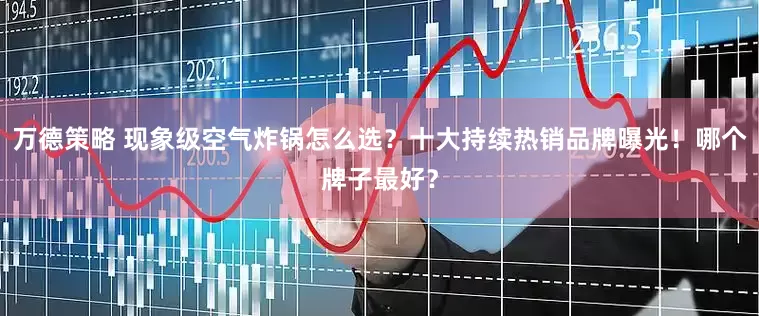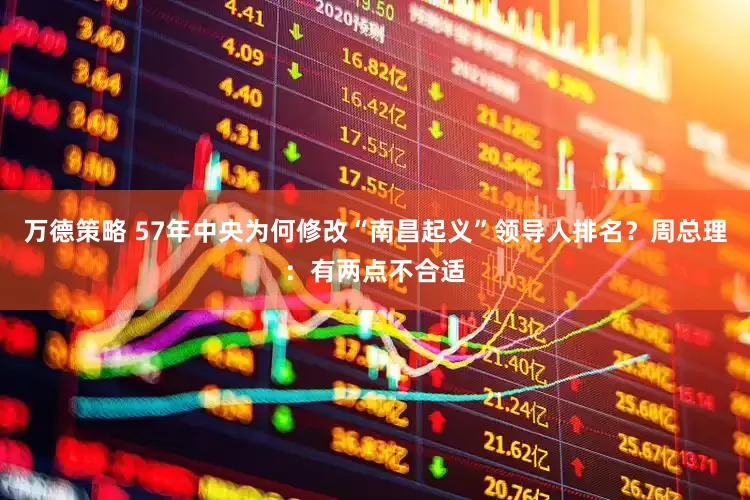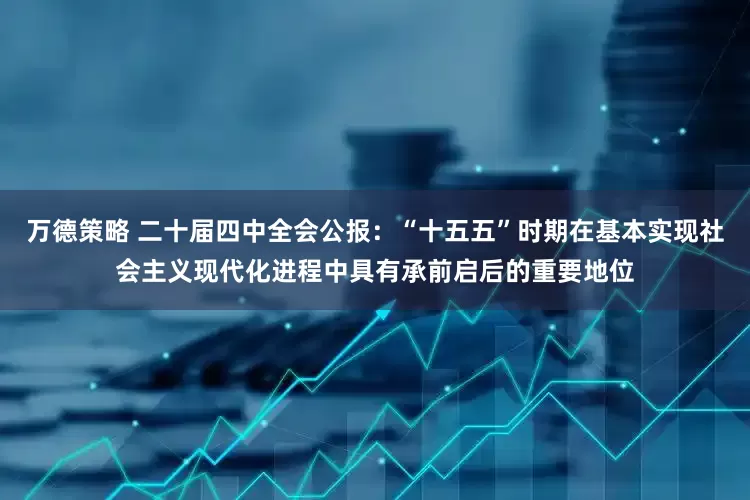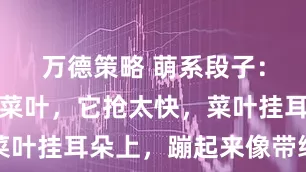优先配 特朗普的大麻烦来了,这是一个很不祥的信号_the_Trump_White
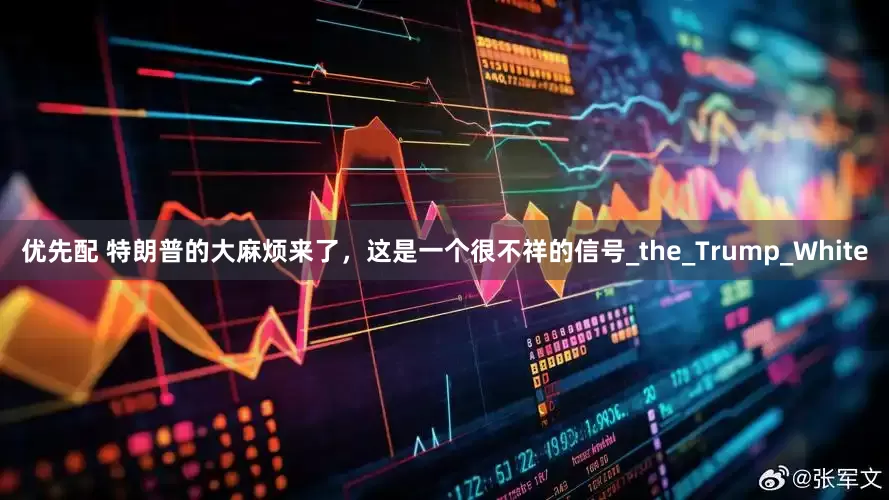
In July 2025, a massive political upheaval swept through the United States. After Donald Trump returned to the White House, he was faced with an unprecedented crisis. The investigation results of the Epstein case were released, but the promised “client list” was nowhere to be found, igniting the fury of his MAGA supporters. Seizing the opportunity, his former ally, Elon Musk, raised the banner of the “American Party,” openly challenging Trump.
This turmoil was more than just a personal feud; it revealed the deep political power struggles within the United States. The division within MAGA, the infighting within the Republican Party, and Musk’s growing ambition intertwined, signaling that Trump’s second term would be fraught with difficulty. The crisis acted like a mirror, reflecting the rifts and trust issues tearing apart American society, and it was clear that Trump’s troubles had only just begun.
展开剩余90%The Epstein case represented the most significant crisis Trump faced in July 2025. In August 2019, Epstein died in a New York jail cell under suspicious circumstances, with the official cause of death being ruled as suicide by hanging. However, conspiracy theories flourished, suggesting he may have been murdered to silence those connected to powerful elites.
During the 2024 campaign, Trump repeatedly promised that once in office, he would release all the files related to Epstein’s case, exposing the so-called “deep state” and its corruption. This promise became a key draw for MAGA voters, especially in battleground states like Ohio and Pennsylvania, where dissatisfaction with the elite class was growing. Trump’s campaign team heavily promoted this pledge via social media and rallies, presenting it as a major part of his platform to reveal the truth.
On February 27, 2025, after Trump took office, the Department of Justice released the first batch of Epstein files. However, the much-anticipated “client list” was notably absent, leading to public outrage and skepticism from both the public and lawmakers. In June, Musk hinted that Trump might be withholding the full files due to his personal involvement in the case. While this comment was later deleted, it sparked a heated debate on the X platform. On July 7, Attorney General Pam Bondi announced the conclusion of the investigation, affirming that no “client list” existed and that no further documents would be released. This starkly contradicted Trump’s earlier promises and set MAGA supporters ablaze with anger.
The MAGA movement, Trump's core base, consists primarily of white working-class, middle-class, and conservative voters, predominantly from the Midwest and South. They despised the elite and corruption, seeing the Epstein case as a critical opportunity to expose the “deep state.” Trump’s promises convinced them that he would stand with ordinary Americans and uncover the crimes of the powerful.
However, the investigation’s conclusion on July 7 felt like a betrayal to them. On X platform, MAGA supporters launched the hashtag “TrumpBetrayedUs,” which quickly garnered millions of views. Some burned MAGA hats in protest, with videos capturing the flames flickering in the dark, thick smoke rising. Others gathered in Washington, D.C., holding signs demanding “the truth.” Trump’s past connections with Epstein in the 1990s became a focal point. The two had been closely linked in the Palm Beach social scene, attending numerous parties together, with photos of them together circulating on X platform millions of times. In 2002, Trump had openly praised Epstein for his admiration of “beautiful young girls,” a statement that resurfaced, further fueling supporters’ anger. Although Trump denied any involvement in the Epstein case and claimed he expelled Epstein from Mar-a-Lago in the early 2000s due to inappropriate behavior, these explanations did little to quell the storm.
Musk played a pivotal role in the unfolding crisis. In June 2025, he openly split with Trump over opposition to the “Big and Beautiful” bill. The bill, passed by the House and Senate on July 1 and 3 respectively, and signed into law by Trump on July 4, included massive tax cuts for large corporations and the wealthy amounting to $4 trillion, while slashing social welfare spending by $1.5 trillion and raising the debt ceiling by $5 trillion. Musk criticized the bill as a “wealth transfer from the poor to the rich,” arguing that it caused a $1.2 billion loss in Tesla's electric vehicle subsidies and threatened a $21 billion contract between SpaceX and NASA.
On July 5, Musk announced the formation of the “American Party,” aiming to secure 2 to 3 Senate seats and 8 to 10 House seats in the 2026 midterm elections, positioning himself as part of a “key minority” in Congress. He launched a poll on X platform, the “People’s Freedom Resolution,” which attracted 1.249 million respondents, with 65.4% supporting the establishment of the new party.
Musk’s platform, focused on reducing the national debt, promoting AI development, and defending free speech, drew in tech and finance professionals, as well as middle-of-the-road voters disillusioned with the two-party system. On July 8, he explicitly stated that the “American Party” would prioritize the release of Epstein case documents. A meme featuring a clown image went viral on X platform, mocking Trump’s shifting stance on the case — from promising to release the list to declaring that no list existed.
Trump’s team tried to defuse the crisis, but with limited success. On July 12, Trump posted a lengthy message on “Truth Social,” calling on his supporters to stop attacking Attorney General Bondi, claiming that the Epstein case was “irrelevant” and should be overshadowed by matters like the Texas floods. He accused the Democrats of “fabricating documents” to fuel conspiracy theories, but provided no evidence. Meanwhile, there were signs of division within the Justice Department and the FBI, with Deputy Director Dan Bongino and Bondi reportedly clashing over the handling of the case in the White House, and rumors of possible resignations surfaced.
To divert attention, the Pentagon released a UFO report on July 10, discussing “unidentified aerial phenomena,” but the public response was tepid. On X platform, users mocked the release, saying “UFOs are more believable than the truth.” The Republican Party was also in disarray, with some lawmakers threatened by Musk’s team that they would be targeted in primary elections, further intensifying internal divisions. A poll on X platform revealed that 45% of MAGA voters had lost trust in Trump, a shocking statistic.
The underlying cause of this crisis was the deep polarization and trust deficit in American politics. The Epstein case was not just a scandal involving sexual crimes; it had become a symbol of the corruption within the elite class. Trump’s promises resonated with the public’s distrust of the “deep state,” but his failure to deliver left many feeling deceived. Musk’s “American Party” capitalized on this sentiment, attempting to position itself as a centrist alternative, though America’s “winner-takes-all” election system posed a significant challenge to third parties.
Historically, in 1992, Ross Perot garnered 19% of the popular vote but received no electoral votes, and the Libertarian Party’s 650,000 registered voters failed to secure a seat. Musk would need to collect 20 million signatures across 50 states, a massive financial undertaking, and would face potential retaliation from Trump. Trump threatened to invoke the Immigration and Nationality Act to review Musk’s citizenship, citing issues with his student visa, and planned to cancel SpaceX’s government contracts. These actions put Musk’s business empire under pressure, with Tesla’s stock plummeting 14% on June 5, wiping out billions of dollars in market value.
Trump’s crisis was far from over. On July 14, he convened an emergency meeting at Mar-a-Lago to calm his core MAGA supporters, but real-time comments on X platform revealed deepening divisions among his base. The Republican Party feared a loss in the 2026 midterm elections, as historically, sitting presidents’ parties often suffer in midterms. Musk’s new party could further split the vote.
Although Musk’s “American Party” garnered 40% support, particularly in the tech and finance sectors, its organizational structure and local mobilization were insufficient to make a significant impact on the two-party system in the short term. Trump continued to press on with his presidency, trying to shift focus to economic achievements. On December 12, he rang the opening bell at the New York Stock Exchange, promising “unprecedented economic prosperity.” On December 16, he met with TikTok CEO Zhou Shouzi to discuss digital economy cooperation, signaling his continued efforts to consolidate power amid the crisis.
Musk’s “American Party” became a significant factor in the 2026 election. On July 6, The Wall Street Journal reported that the Republican National Committee had threatened to suppress Musk, calling him a “man without a country.” On the same day, Mark Cuban publicly supported the “American Party,” giving it a boost.
On July 9, The Hill analyzed that Musk might siphon off 3-4% of Republican votes in swing states, potentially leading to a Democratic comeback. Trump’s tariff policies also came under pressure, as countries like Japan, South Korea, and India took a hard stance, and the proposed 60% tariff could worsen inflation, with the New York Federal Reserve estimating that it could cost Americans an additional $3 billion per month. Trump’s stance on China also softened in recent months; in February, he told Fox News he “didn’t want to hurt China,” and in April, he stated he “wouldn’t be tough on China,” likely due to internal strife.
The truth behind the Epstein case remained unclear. Trump’s unfulfilled promise fractured the MAGA base, with some continuing to support him while others turned to Musk. Musk’s “American Party” attracted middle voters but faced challenges due to
发布于:天津市诚利和提示:文章来自网络,不代表本站观点。



